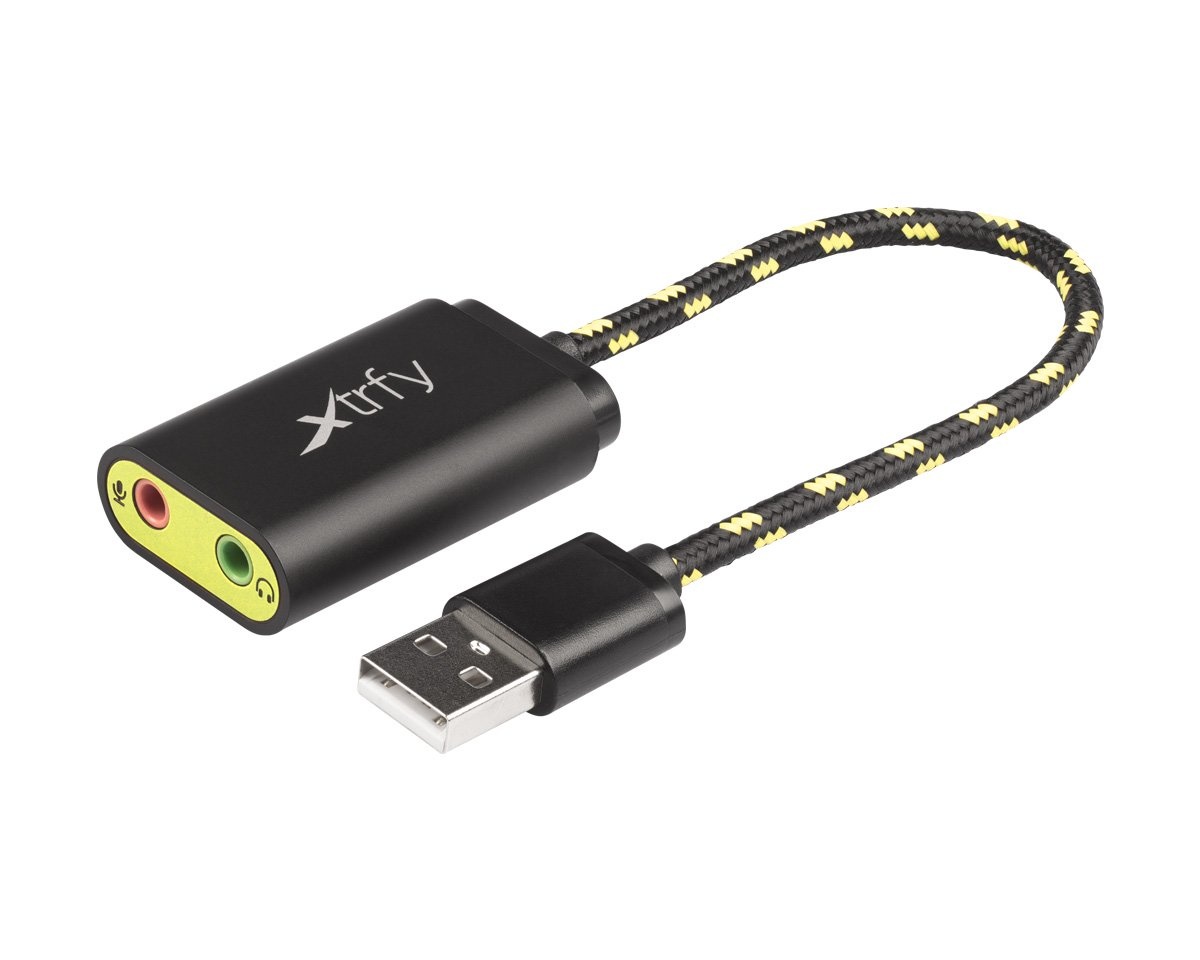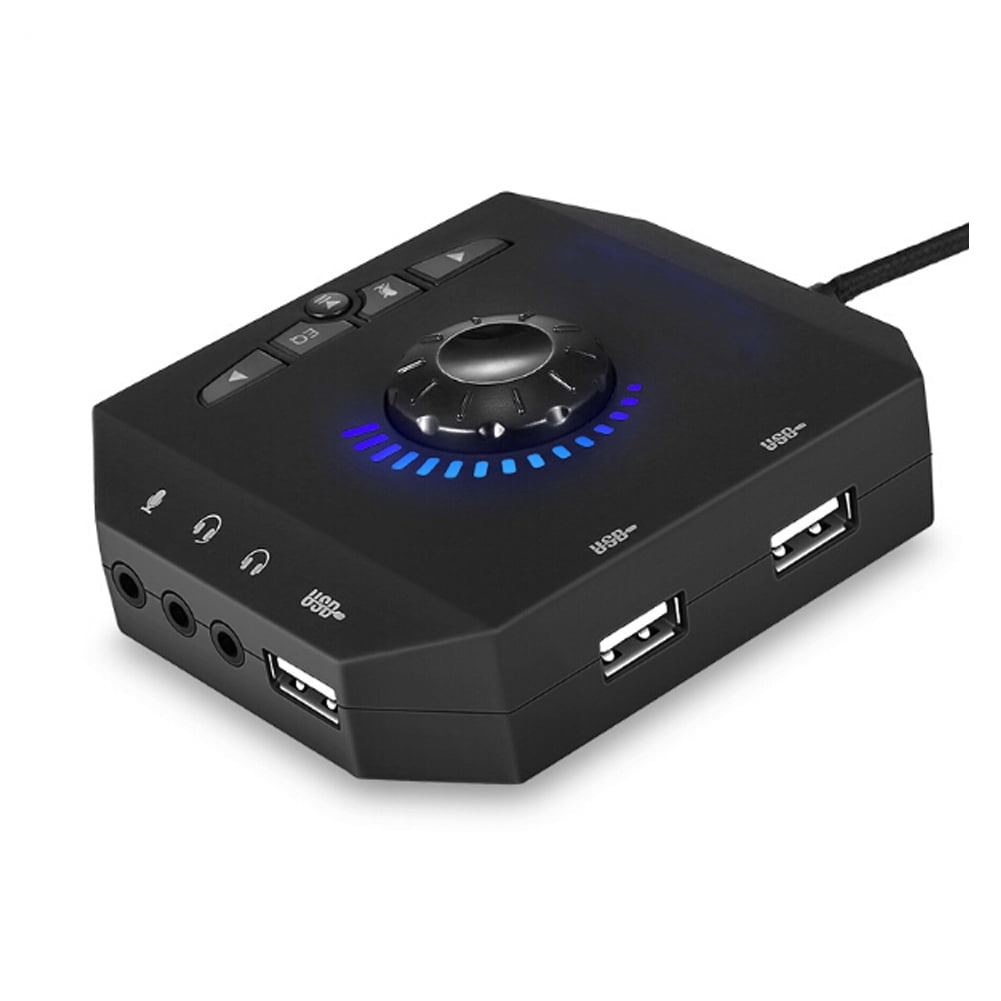

- #Best external sound card for gaming full
- #Best external sound card for gaming Pc
- #Best external sound card for gaming plus
Super X-Fi technology that recreates the listening experience of a multi-speaker system in headphone, 2.

A sound card may be great in itself but it may not be great for your situation, and that is where we are trying to find the most value for you, our reader.
#Best external sound card for gaming Pc
This likely stems from how sound cards are built into a PC (on the motherboard through a PCLe connection) as opposed to DACs which are external. Sound cards have been for 'gamers' whereas DACs have been for audiophiles. The devices differ in how they operate and who buys them.

DAC vs Sound CardĪ DAC and sound card are two names for the same thing. With some older games the audio may not even be configured for 7 channels.
#Best external sound card for gaming full
Whether you have 5.1 or 7.1 really only effects how immersive and full the sound experience may be. At the end of the day, the quality of the sound comes from the SNR and the quality of your speakers. If you have a sound set up that cannot utilize the full 7 channels, then buying a sound card with a 7.1 configuration isn't really necessary.
#Best external sound card for gaming plus
7.1 has those channels plus two additional side speakers. 5.1 refers to two front speakers, two back speakers and a subwoofer.

The numbers refer to the number of channels, or places the sound comes from. Sound cards generally come in two configurations, 5.1 and 7.1 surround sound. Choosing a 100db SNR to a 116db SNR is very significant, and thus should be the main factor in deciding a sound card. The way science works, 100db is roughly 3x louder than 90db. When it comes to sound, every decibel counts. The higher the decibels of the signal is to the decibels of the noise, the higher quality the sound. The louder you speak, the clearer your recording would become relative to the background noise. If the background noise was 10 decibels, your speech would need to be greater than 10 decibels to be heard. Imagine you were trying to record yourself, but someone else was talking in the background. It's the "hum" you hear when you plug in an amplifier. Whenever you have an electrical current running through a medium, there is going to be noise generated. The "noise" is the sound of the background. The "signal" is the sound you want to hear - the audio from your game, the notes of an instrument. Put simply, the SNR is the metric which measures the sound quality of the sound card. The Signal to Noise Ratio is arguably the best metric to weigh a sound card. To get the most immersive experience, you'll want a card that delivers surround sound audio. Another important factor is the sound configuration of the card. This comes down to the SNR or the signal to noise ratio of the card. Holistically, you want a sound card that delivers crisp sound with little distortion. There are a handful of factors we recommend you evaluate when selecting a sound card. If you are on a hard budget however, the Audigy should also deliver an immersive audio gaming experience. Since the difference between 116 and 106 is dramatic, we would recommend you shell out an extra $20 to $30 for the Asus Xonar. The downside of paying less in this case is a 106 SNR vs the 116 SNR you're getting with most of the machines above. This card is the cheapest we feature on this list, usually only costing about $60. At the expense of the SNR, you can get a cheaper, but still high quality, sound card in the Audigy Rx.


 0 kommentar(er)
0 kommentar(er)
